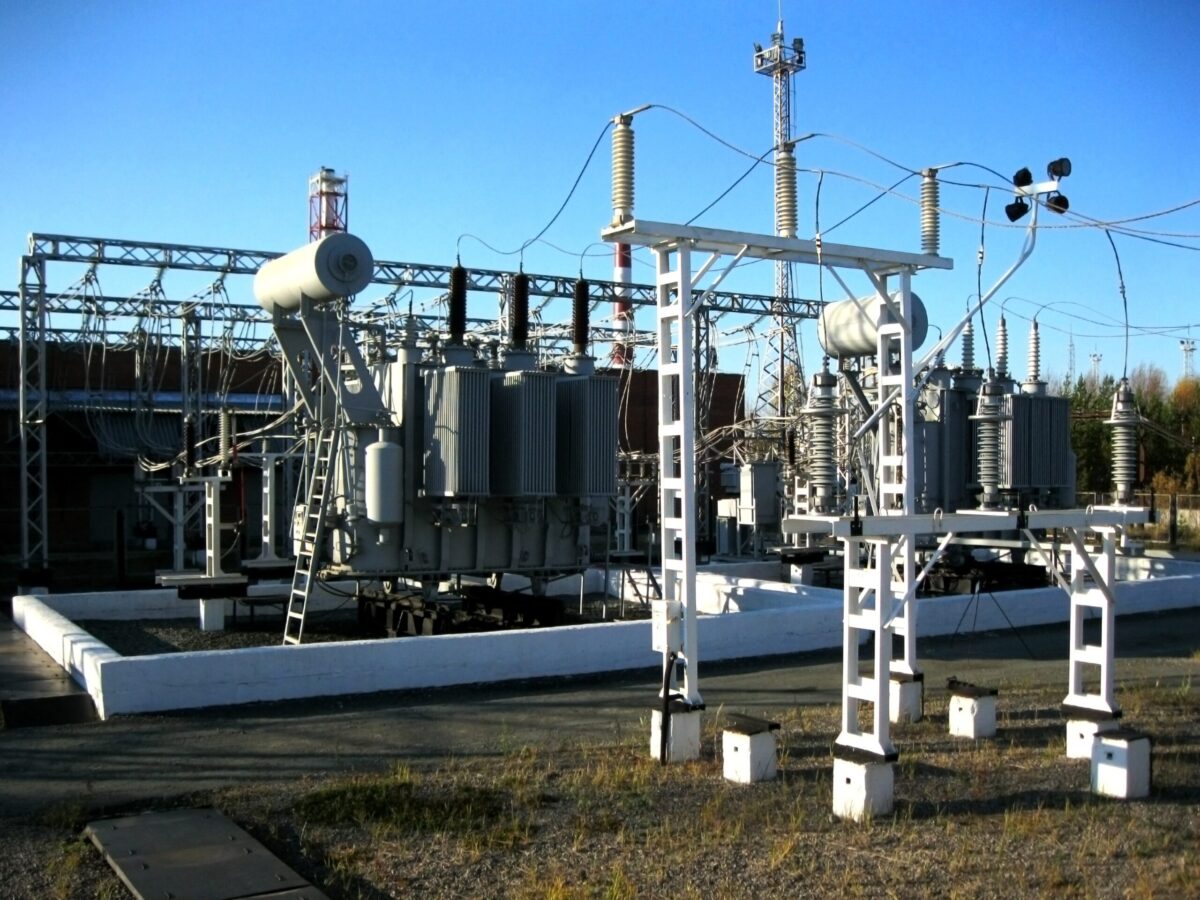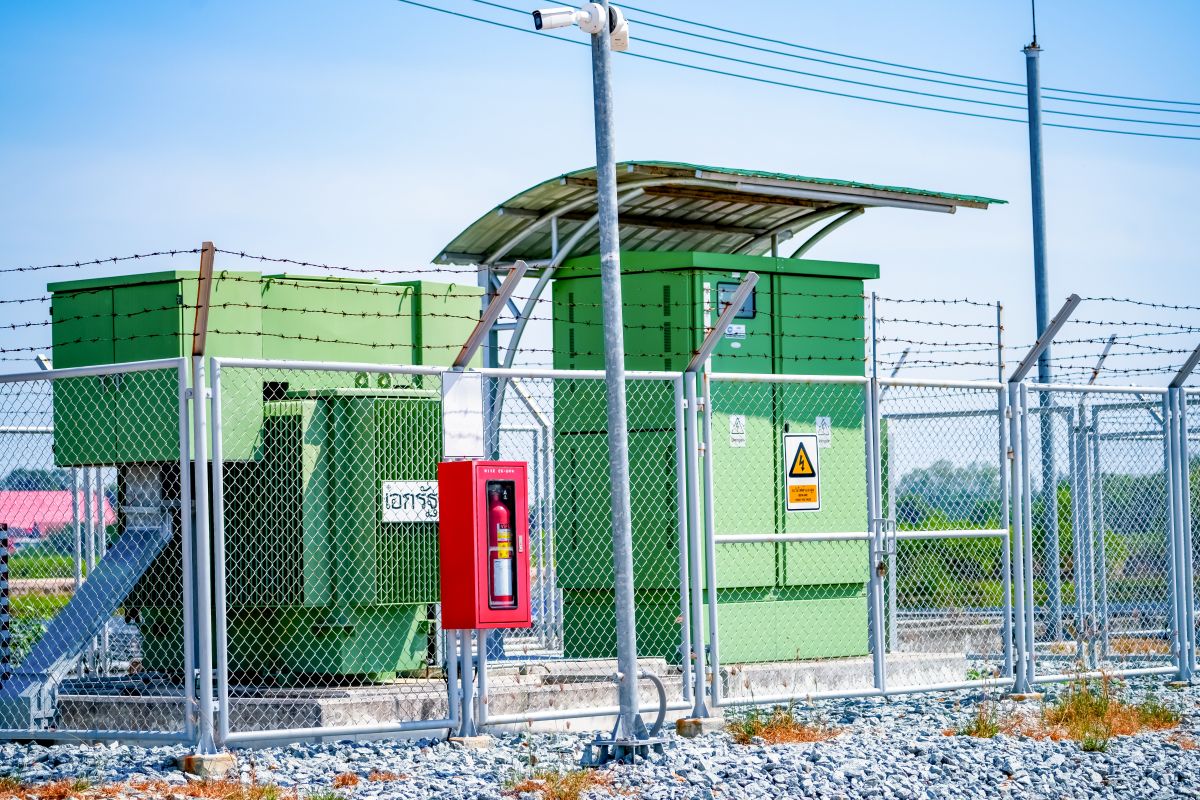Accurate NERC’s Critical Infrastructure Protection (CIP) Impact Levels are essential to protect the Bulk Electric System (BES) against cyber threats. These levels include high, medium, and low, which determine the scope of compliance obligations under NERC’s CIP standards. Misclassifying BES Cyber Systems can result in overlooked vulnerabilities or unnecessary audit exposure.

1. Understanding CIP Impact Levels and BES Cyber System Categorization
CIP Impact Levels are based on how critical a BES Cyber System is to grid reliability, as defined in NERC’s CIP‑002‑5.1a. The standard’s Attachment 1 provides “bright-line” criteria to help classify assets as high, medium, or low impact. Only properly categorized systems can be governed by the correct set of CIP controls, making this step foundational to compliance. Responsible Entities must use a structured approach to determine levels and ensure documentation is audit-ready.
2. High Impact Level (H)
High Impact applies to BES cyber systems located at control centers and backup control centers that perform real-time BES functions. These systems meet criteria outlined in Section 1 of CIP‑002‑5.1a Attachment 1 and are subject to the most stringent CIP standards. Controls include the full suite from CIP‑003 to CIP‑011, along with network isolation and internal monitoring. Discrete identification and supporting rationale must be well-documented for audit defensibility.
3. Medium Impact Level (M)
Medium Impact systems support critical BES functions—such as large generation (≥1500 MW), blackstart resources, or special protection schemes—but don’t meet the High criteria. These are governed by most of the same CIP standards, excluding certain high-only provisions. Attachment 1, Section 2, provides clear thresholds for classification. Accurate grouping and site-specific justifications are vital for passing audits.
4. Low Impact Level (L)
Assets not categorized as high or medium are defaulted to low impact. While fewer CIP standards apply—primarily CIP-003 and CIP-012—compliance remains mandatory. Entities must identify associated physical locations but are not required to list individual BES Cyber Systems. Many entities go beyond the minimum to avoid ambiguity in audits and prepare for future system upgrades.

5. Shared Systems and Granularity Challenges
Generation sites often include shared systems that affect multiple units, complicating impact classification. Entities must decide whether to assess these shared assets as unified or separate BES Cyber Systems. Regardless of approach, the methodology must be consistent and justified with operational logic. Regulators will often scrutinize definitions that are vague or overly broad.
6. Review and Recategorization Cycles
Impact levels must be reviewed at least every 15 months to capture operational changes, such as system expansions or control center shifts. Failure to do so may lead to incorrect standard application and potential violations. Reviews should be documented and supported by evidence trails. Even minor changes in function or control pathways can require recategorization.
7. Applicability of CIP Standards by Impact Level
Each impact level triggers different CIP requirements: High and Medium require CIP‑003 through CIP‑011, while Low focuses on selected controls like CIP‑003 and CIP‑012. CIP‑013 (supply chain) and CIP‑015 (network monitoring) apply only to high- and medium-impact systems. CIP‑014, addressing physical threats, is based on facility characteristics rather than impact level. CIP‑014 applies to transmission stations and substations that meet certain threshold criteria outlined in an entity’s risk assessment, regardless of BES Cyber System classification. Understanding these differences prevents over- or under-applying security measures.
Conclusion
CIP Impact Level classification isn’t just a paperwork exercise—it drives the entire structure of cyber compliance under NERC. A misstep in this early phase can lead to significant gaps or unnecessary overhead. Staying current with thresholds, documentation practices, and review cycles is critical to meeting NERC’s evolving expectations.
Share
Services
Preparing for Your NERC Audit Checklist
Respond to NRC requests and share information securely.
NERC Audit Checklist
Streamline Your NERC Audit Preparation Process
As a trusted resource in regulatory compliance, Certrec simplifies your journey through complex regulatory requirements, enabling a smooth audit experience. Our comprehensive NERC Audit Checklist offers a structured approach to preparing, ensuring you’re ready for every phase of the audit process. This checklist covers crucial steps, from identifying standards to preparing evidence, guiding you through the preparation, and reducing audit stress.


NERC Audit Checklist
Designed for Compliance Success
Certrec’s NERC Audit Checklist is crafted by compliance experts to help you avoid common pitfalls and ensure effective audit preparation. With this checklist, you can:
- Identify applicable standards and audit requirements.
- Gather and organize necessary audit evidence.
- Develop robust RSAW narratives and evidence packages.
- Strategize to handle any potential noncompliance findings.
- Conduct thorough mock audits to prepare your team.
NERC Audit Checklist
Avoid the Challenges of Manual Compliance Preparation
Traditional methods can be overwhelming, requiring multiple tools and extensive manual effort. Certrec’s NERC Audit Checklist organizes your compliance needs into a comprehensive resource, allowing for more effective and streamlined preparation.

NERC Audit Checklist
Key Features of the NERC Audit Checklist
- Understand Audit Evidence Requirements
Collect all essential documentation, including policies, procedures, and records that prove your compliance. Ensure you have supporting materials such as screenshots, reports, training records, and other documentation. - Develop RSAW Narratives and Evidence Packages
Create clear narratives in your RSAW to guide auditors through your compliance evidence. Explain how your processes meet compliance standards and outline any internal controls used to maintain compliance. - Prepare for Potential Noncompliance
Use the self-report process for any potential noncompliance findings before the audit. This proactive step helps mitigate findings during the audit. - Conduct a Realistic Mock Audit
Engage in a mock audit to simulate the official process, including interviews, question-and-answer sessions, and evidence requests. Familiarize your staff with the audit process, ensuring they can confidently present your compliance evidence.

Automate your NERC audit preparation, evidence management, compliance tracking, and follow-up actions.
Certrec offers tailored audit preparation services to assist you with every aspect of your NERC audit journey. Our team can conduct mock audits, provide witness coaching, and support you with RSAW development.
Community Insights
Research questions from individual NRC inspectors and see responses across participating sites.
Save Time and Resources
Based on the experience of our clients, we have concluded IMS provides a realistic savings of $70,000 per site per year.
Controlled NRC Access
Manage NRC access to responses and remove access once an inspection ends.
Secure
We are ISO/IEC 27001:2022 certified, completing yearly audits and SOC 2 Type 2 examinations.
Vendor-Hosted Solution
Free up your IT resources. IMS is cloud-based with all data FedRamp secure and stored in the U.S. For the past 7 years our availability has been greater than 99.9%.
Mobile Friendly
IMS is accessible through a web browser and is mobile and tablet friendly for use while in the field.












